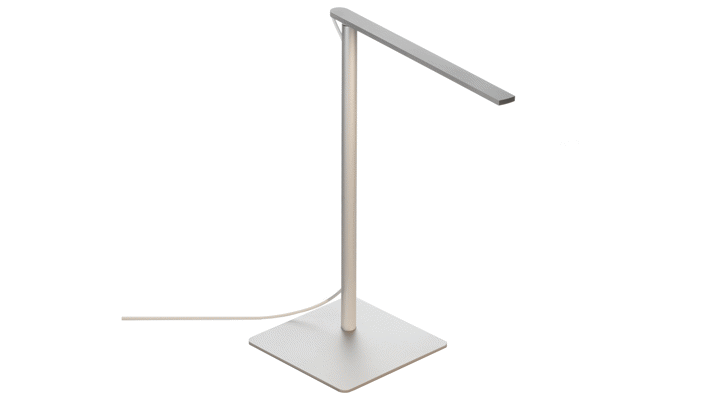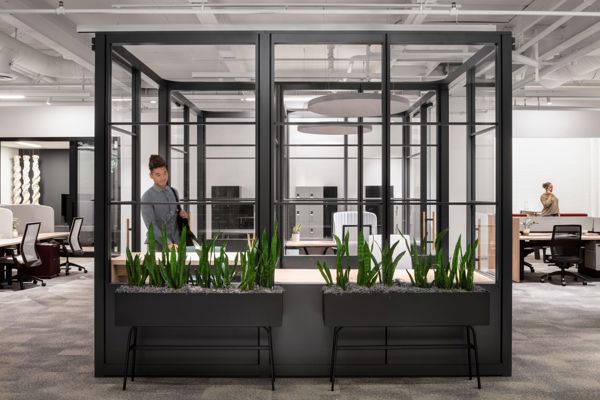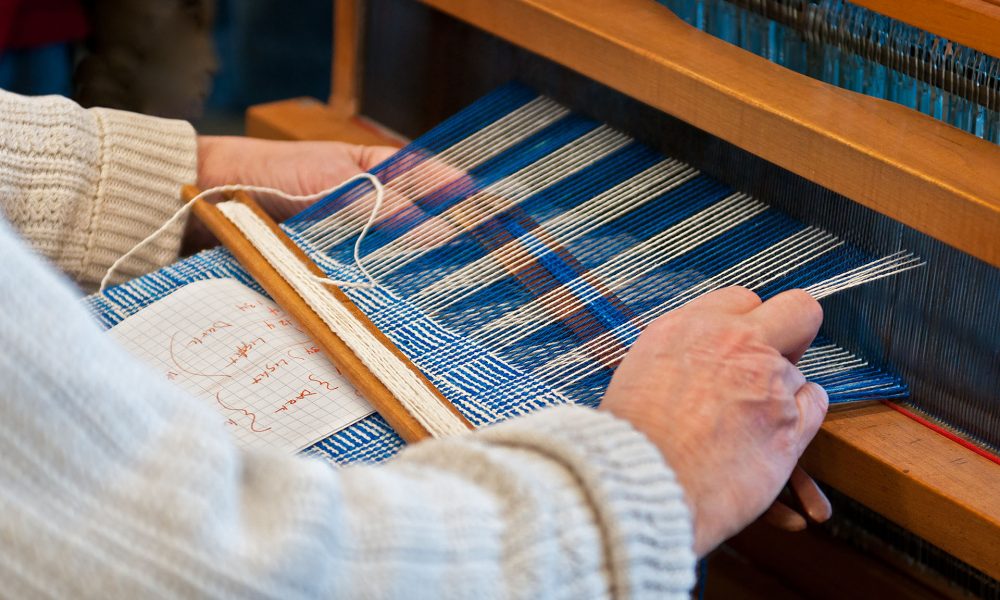The Impact of Declare Labels
Over the last few years as Declare has grown, material transparency has become the rule in sustainable building. The Living Building Challenge requires some Declare labeled products to be used in projects, LEED offers points to projects using Declare labeled products, and the Green Building Council of Australia recognizes Declare. As self-disclosure becomes more common practice, the industry is pushing manufacturers to do more.
Building standards are starting to offer more benefits to optimized and verified products. Red List Free products—products whose bill of materials have been verified—and those that have done the work to improve their declaration status will be getting more attention as we move into the future. And we are excited to share the stories of three manufacturers spearheading that movement.
Breaking Barriers: The Moore & Giles Story

Suppliers often resist disclosing chemical formulas due to proprietary concerns. However, Beverly McAuley tackles this challenge head-on by working empathetically with leather suppliers, explaining the intent of the Red List, and educating them on the health risks of Red List chemicals. Her approach not only safeguards the end users, but also protects tannery workers from harmful exposures. Beverly’s success story can inspire manufacturers, contractors, and designers to adopt similar strategies for fostering change.
Overcoming Hurdles: Vode’s Journey to Transparency

Vode, a forward-thinking lighting manufacturer, faced the risk of losing their Declare label due to a non-compliant adhesive supplier and the use of fluorinated ethylene propylene (FEP), a Red List ingredient, in their cabling. To comply with the essential use exception of FEP, Vode had to disclose all proprietary ingredients. Despite several attempts, Vode had to make the tough decision to switch to a supplier willing to disclose adhesive ingredients. This pivotal move ensured the continuation of their Declare label, demonstrating that changing suppliers is a feasible step towards material health and transparency. Leti from Vode’s experience can motivate others to overcome supplier challenges and prioritize transparency.
Achieving Healthier Interiors: Allsteel’s Commitment

Allsteel, known for its interior office facades, have updated their Declare labels by removing PVC, a Red List ingredient, from their architectural products. Initially, they only achieved a Declared status, but through persistent efforts, they successfully reformulated their products to exclude PVC and advance to LBC Red List Approved. This inspiring journey showcases Allsteel’s dedication to healthier, more transparent materials and serves as a testament to the positive impact of Declare labels.
Why These Stories Matter
These narratives from Moore & Giles, Vode, and Allsteel underscore a common theme: the pursuit of healthier, more transparent products. By sharing their stories, we can illuminate the significant strides made towards safer materials and inspire others to follow suit. Each of these manufacturers has demonstrated that transparency and material health are achievable goals, paving the way for a healthier future.
We invite you to delve deeper into these transformative stories through our compelling Trim Tab interview series. Hear firsthand how these industry leaders navigated challenges and made impactful changes. Let their journeys inspire you to prioritize transparency and health in your own supply chain.
Stay tuned for our upcoming series, where we celebrate the power of Declare labels in driving positive change and advancing our mission for a healthier world.



